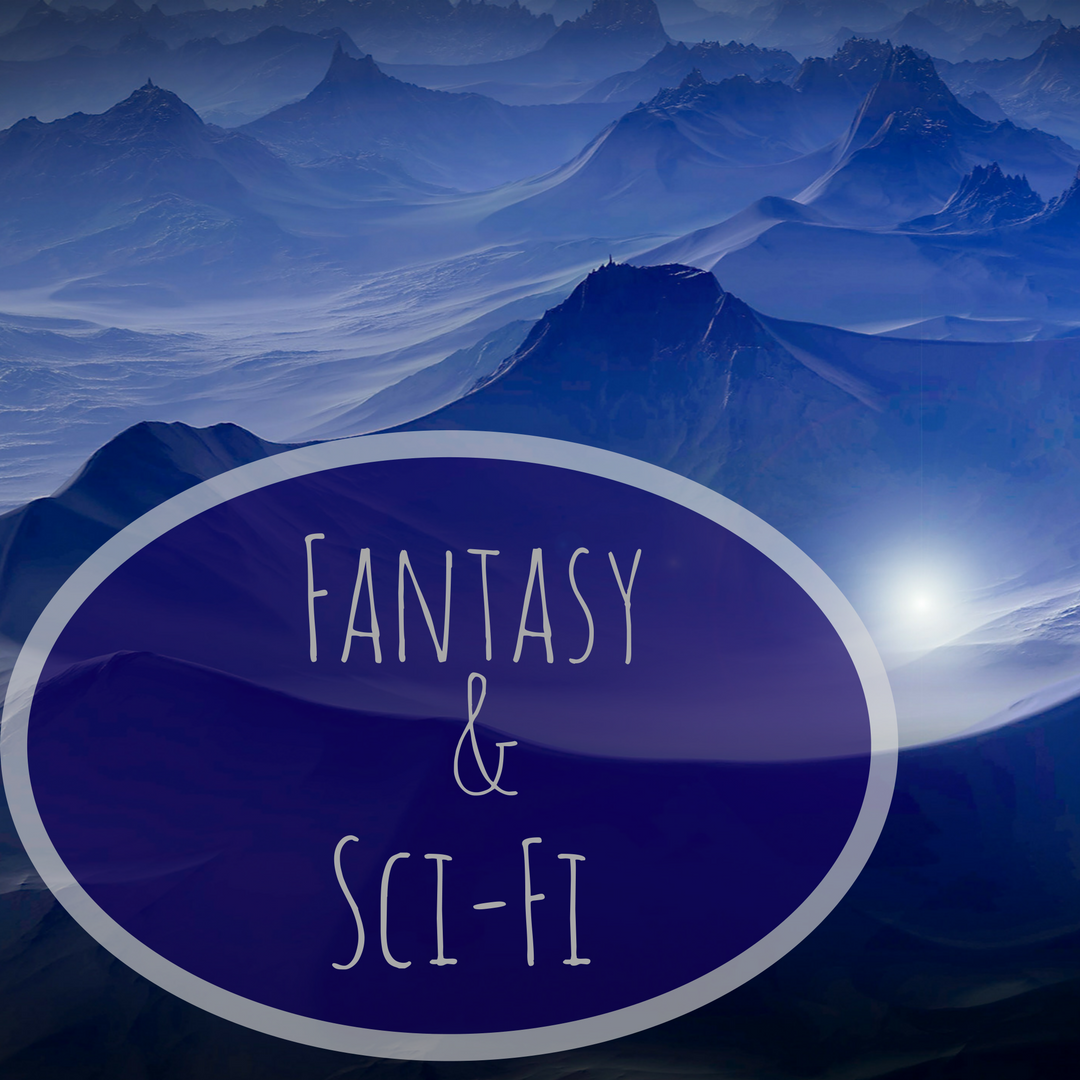“Oh, you’re a fantasy writer? I love ‘The Lord of the Rings.’”
“I don’t write that kind of fantasy.”
“What other kind of fantasy is there?”
Does this conversation sound familiar? To some fantasy writers, it might. Although High Fantasy—the category in which J.R.R. Tolkien’s “Lord of the Rings” falls under—is one of the most common sub-genres of the fantasy genre, there have been an abundance of sub-genres that have made an appearance over the past number of years. Because of this, it can sometimes be hard for a writer to decide which sub-genre their work actually falls under. Here are a few of the most common that might help make your decision clearer.
High Fantasy—As mentioned above, it is one of the most traditionally used. These works are often lengthy with large-scale quests and many characters. They sometimes include a world map, the classic “hero” character, possess fantastical creatures like dragons or unicorns, and may have magic. Other sub-genre categories that may cross over are Medieval Fantasy or Sword and Sorcery Fantasy. Example: J.R.R. Tolkien’s “The Lord of the Rings.”
Low Fantasy—A story that takes place in the “real world” but has elements of supernatural magic would fall into this category. These can include the “normal kid” who discovers they, or those around them possess some sort of supernatural power. Other sub-genres that cross over are Portal Fantasy, Paranormal Fantasy, and Urban Fantasy. Example: J.K. Rowling’s “Harry Potter” series.
Steampunk Fantasy—This sub-genre is unique in that it marries a historic Gaslight Fantasy world (set during the time that gaslights were in use) but incorporates both fantasy and technology. The technology is often powered by magic, lifting the limits that the Historical sub-genre might place on this category. Example: Shelley Adina’s “Lady of Devices” series.
Dark Fantasy—Sometimes called Gothic Fantasy or Grimdark Fantasy, this sub-genre is meant to be scary. These are the stories that contain ghosts, zombies, and other creatures of the night. Again, this category crosses over into the Speculative realm by remaining close to the Horror genre, but it is still considered Fantasy by many writers. Example: Neil Gaiman’s “Coraline.”
Historical Fantasy—This sub-genre is any fantasy work that takes place in a historical time period. This makes it easy for many other fantasy sub-genres to identify within the Historical Fantasy sub-genre, as well. Example: Diana Gabaldon’s “Outlander” series.
Medieval Fantasy—Inspired by the medieval period, this sub-genre can rely heavily on myths and legends. Depending on the depth and length of the work, this category could include High Fantasy. Another break off from this sub-genre is Arthurian Fantasy, which focuses specifically on the world of King Arthur. Example: George R.R. Martin’s “The Game of Thrones” series.
Paranormal Fantasy—This sub-genre evolved from the combination of the Low Fantasy and the Dark Fantasy categories. Many books in this genre often have a romantic element, as well. Strong themes within these novels are love triangles, vampires, faeries, werewolves and angels. Example: Stephenie Meyer’s “Twilight” series.
Crossover Sub-genres—Many of these mentioned sub-genres can also have a romantic element or may be better defined as Young Adult. In this case, calling your work either Romance Fantasy or Young Adult Fantasy would work, too. There are also Children’s Fantasy, Comic Fantasy, and Science Fantasy, to name a few more. Keep searching and you will find dozens of sub-genres to describe the fantasy writing genre.
In the end, it’s up to you, the writer, to decide in which sub-genre you’d like to categorize your work. There is no doubt that your work will likely cross over into a few of these sub-genre categories, but calling your work a Young Adult Paranormal Urban Romance Fantasy will likely confuse the reader. (And make it difficult to market!) Choose one sub-genre to begin your marketing strategy and you can change or add additional categories down the road, as needed.




No Comments